
Dams
Dams play a vital role in our societies and daily lives. They serve multiple purposes, such as storing water for homes, industries, and farms. They also help with controlling floods, preserving fish habitats, and generating renewable hydroelectric power.
Dams are vital for our economy and well-being, but they are also susceptible to damage and failure. Inspecting and maintaining dams is a challenge, particularly because the submerged portions are hard to examine.
Morover, changing weather patterns, from droughts to atmospheric rivers, present additional challenges. Silt management and avoiding dead-pool conditions in river systems are major concerns.
Divers can inspect the upstream face of a dam. But, in many cases, diver-based inspections can be unsafe or disrupt dam operations.
Sonar instruments, however, perform dam inspections without disruption. Sonar creates visual images of the reservoir dam face, aiding civil engineers in making informed decisions about the dam’s condition. Engineers can then plan scheduled or emergency-corrective maintenance accordingly.
Option 1:
High-resolution single-beam sonar
The image quality of single-beam scanning sonar is superior to multibeam data, particularly when looking for features, such as cracks, in the dam face.
Using high-resolution sonar for dam inspections ensures precise, reliable assessments, helping to detect structural issues early and support long-term safety and maintenance efforts.
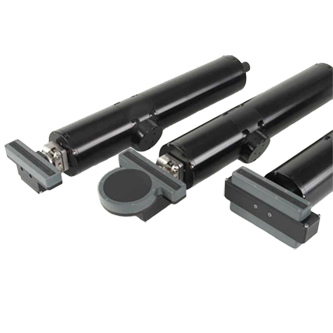
High resolution 1171 sonar heads
With a narrow horizontal beam pattern and enhanced angular resolution, this sonar delivers exceptionally clear visuals that are essential for detecting structural anomalies. Equipped with tunable-frequency transducers, the 1171 High Resolution Sonar allows operators to adjust settings based on specific inspection requirements, ensuring optimal performance across various conditions. Additionally, the exposed transducer design eliminates acoustic lensing effects, providing consistent image quality regardless of water temperature.
Read more
Option 2:
High-frequency multibeam sonar
The M3 Sonar HF is a high-frequency multibeam sonar with both imaging and profiling capabilities in one sonar head. This multibeam sonar is an exceptionally good option when speed is essential, but image quality is also important.
Using the M3 Sonar HF with SoundTiles mosaicking software provides automatically-mosaiced multibeam images. Using this sonar with HYPACK Hysweep provides 3D point-cloud data for inspections.
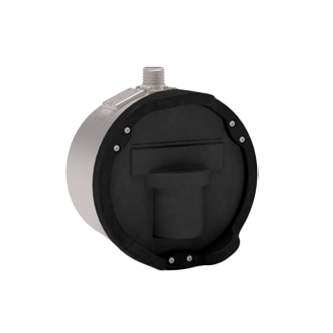
M3 Sonar HF
Delivering superior image quality and coverage, the M3 Sonar HF provides high-quality distortion-free images over a 140° sector, reducing the time it takes to search for and locate targets. This versatile multibeam sonar offers both imaging and profiling capabilities.
Read more
Many dams serve as debris filters for large watersheds, accumulating waterlogged debris that can reduce flow or block intake structures, affecting power generation. Intake debris monitoring keeps conditions safe – and keeps the power on.
In addition, when dams have emergency bypasses, water flow can cause significant scour downstream. Discharge scour monitoring illuminates the severity of the scouring.
Siltation buildup in dam reservoirs is also a significant concern, as it can damage turbines and affect power generation. With increasing storm activity, deforestation, and wildfires, reservoir sedimentation monitoring is more important than ever.
Dual Axis Sonar with K-Observer
Kongsberg’s Dual Axis Sonar with K-Observer can be used for intake debris monitoring. This combo gives dam operators constant awareness of intake conditions, preventing blockages. The K-Observer software provides alarms when solid objects or silt threaten to block the intake at the trash racks or around the inlet.
The Dual Axis Sonar with K-Observer can also monitor scour impact over time, providing historical records and alerts for operators. Alarm levels can be set based on scour depth so that operators can assess and modify dam operations accordingly.
Kongsberg’s Dual Axis Sonar, coupled with K-Observer data processing, enables
continuousreservoir sedimentation monitoring. The dam operators can detect siltation build-up over time and set alarms so that they can schedule maintenance dredging when required.
Operators can permanently mount the Dual Axis Sonar and program it to operate continually, generating a 3D point cloud with each scan. K-Observer monitors the change in bottom conditions scanon-scan to provide a historical record.
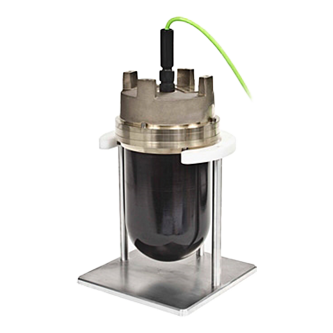
Dual Axis Scanning Sonar
The Dual-Axis Scanning (DAS) Sonar is a profiling system designed for long-term seabed or structure monitoring. This scanning sonar is compatible with both the MS1000 software program and can operate in a 'standalone mode' where the data is logged in the head and transmitted to shore via cable or wireless telemetry.
Read more
Since dams impound water and block the riverway, dams can impact local ecosystems. Environmental agencies need to monitor and report on at-risk species.
M3 Sonar and EK80
Biologists use Kongsberg’s M3 Sonar and EK80 split-multibeam echo sounders to study species behaviour and their response to dam construction and operation.
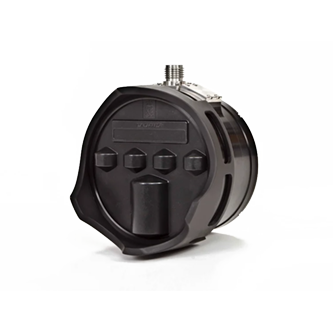
M3 Sonar
The innovative design of the M3 Sonar® uses two sets of complementary transducers which allow it to generate both imaging and bathymetric data with the same head. Unique to the M3 Sonar® is the patented eIQ (enhanced image quality) mode of operation that generates multibeam images with unprecedented clarity.
Read more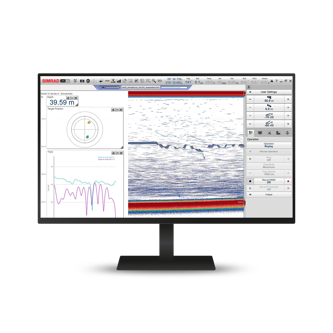 Range of products
Range of productsScientific echo sounder
EK80 is a high-precision scientific echo sounder and ADCP system designed to quantify and monitor underwater ecosystems. The EK80 is a modular system capable of operating several different transceiver and transducer combinations, all through the same operator station.
Read more
Large dam owners and operators need to monitor sediment buildup in the reservoir through periodic surveys.
Mapping dam reservoirs
Kongsberg’s Flexview Multibeam Sonar, M3 Sonar PHS (Portable Hydrographic System), and EM 2040P system are all suitable for mapping dam reservoirs. These can be mounted on manned or unmanned survey vessels, in moon pools, or pole mounted on vessels of opportunity.
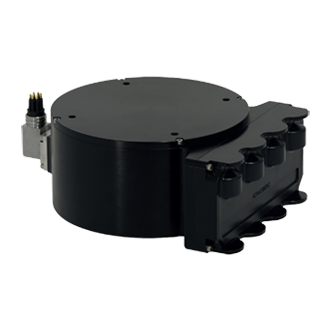
Flexview
The Flexview is designed specifically for small observation class ROVs where compact size and light weight are key selection criteria.
Read more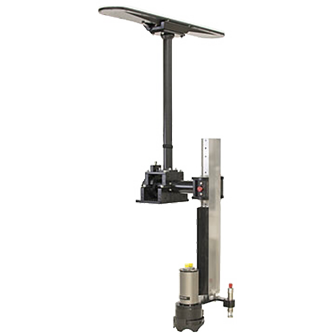
M3 Sonar PHS
The M3 Sonar® PHS is a powerful, affordable, entry level turn-key survey system. M3 Sonar PHS features an incredibly small multibeam sonar head and convenient top-side interface unit including a commercial laptop.
Read more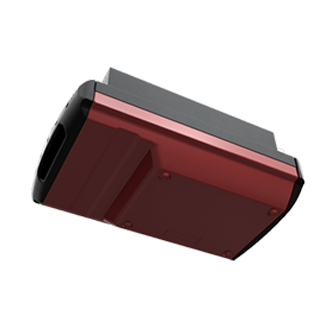
EM2040P MKII
The EM2040P MKII is a shallow water multibeam echo sounder based on EM2040 technology, an ideal tool for any high-resolution mapping and inspection application. With this release, Kongsberg Maritime has upgraded the hardware and software to increase the swath and improve the data quality of our EM2040 series.
Read more
We offer comprehensive after-sales assistance
-
24/7 Technical support
Our Technical Support team is readily available to provide global 24/7 support and can respond to resolve any issues at any time, wherever you are located in the world.
-
Training
We can provide detailed training on the use of our products to ensure your crew is equipped with the necessary operational competence to minimise technical risk and maximise return on your asset investment.